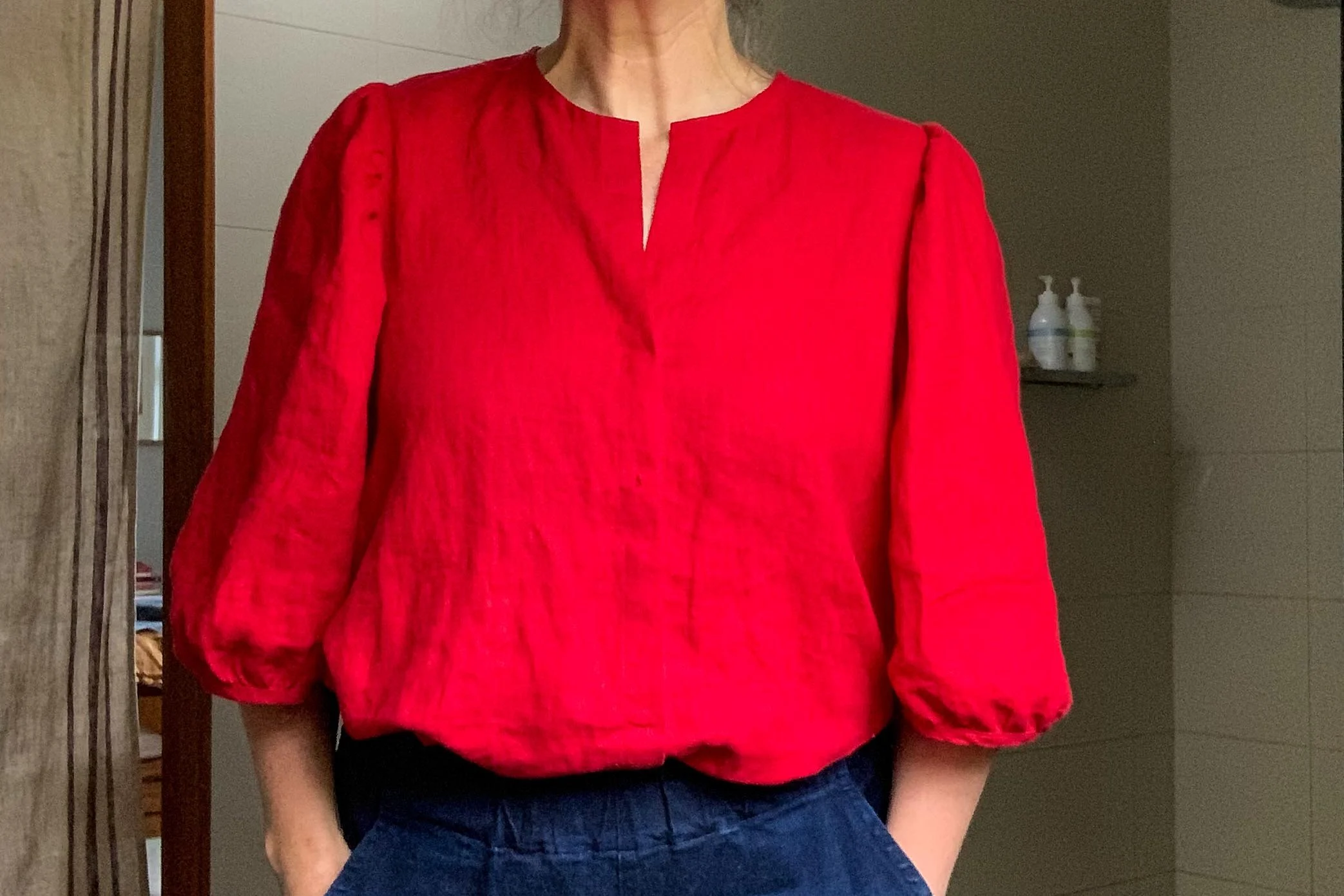So I wrote post last week called How to get faster at knitting - and I'm so chuffed you guys liked it. I read through the comments and started answering them but then decided that I should just follow up with another post in response instead - with some answers to questions, some additional info and a summary of your suggestions.
Before I start I wanted to say I really appreciate all the suggestions you made! What the comments definitely showed was that every-single-one of you has your own take on it, and your own knitting history that lead you there.
Learn to knit without looking!
Jillian suggested in the comments that she would love a video (rather than my description) that showed how to learn to knit without looking and so I did that. This one is for you Jillian!
The video is good for throwers and flickers. Might not help you continental folks.
Pain when knitting.
So I have heard some stuff - like that knitting lever style is good for pain in the hands as it is a big movement using the full arc (this from Stephanie Pearl McPhee) of the hand - therefore is less likely to cause RSI type pain as that is mainly about little movements that aren't using the full extent of the muscle.
But I also think that there is just a logical train of thought about this. If you are in pain with a particular style, try one of the other styles and see if you can use different movements and muscles. For example if you are knitting right handed then try Portuguese - a different hand and rather than using the fingers you are using your thumb to flick.
The lovely Sara pinged me on instagram after the post last week. She tried something from the video that meant she could knit after a six month knitting hiatus due to pain! She didn't change her style but just one of the movements she was doing. Happy happy days.
I wish you luck if this is an issue for you and would love to hear how you get on. I'm sure others would love to hear your experiences of pain/nopain if you have managed to sort this out.
Other places to find efficiencies
I wrote a whole paragraph about this but forgot a couple that I think are worth mentioning (people's comments reminded me of a few of these). Points 5 & 6 are the new ones.
- How you hold the needles, from above or below.
- How you tension your yarn, around which fingers.
- How you wrap the yarn around the needle tips - throwing, picking or flicking.
- The angle with which the needle tips meet - could be almost parallel facing one another, at 90 degrees or heading towards parallel.
- How you load and hold the stitches on the needle
- How close to the needle tip you knit the stitch - closer to the tips is generally faster.
Another more specific efficiency I was thinking about was around using DPNs. I spent a bit of time working on this last year and it really has made a difference to how fast my small circular knitting is (sleeves etc). For me, I needed to remember to push the stitches to the end of the needle so they were ready to go for the next lot of knitting, not drop the yarn when I changed the needle and do a kind of needle flip to take the needle from my left hand (where it had no stitches left) to be ready to be my right hand active needle. My transitions became much smoother and I got faster with DPNs and stopped avoiding them. Win. The point of this paragraph is I guess to say that there is always learning to be done. Unless you are Stephanie Pearl McPhee maybe.
Experimenting with knitting styles
So there were many many comments about this and I wanted to make a summary of some of the suggestions. Forgive me if I miss any.
- You can not only use elements of multiple styles BUT you can knit one style and purl a different style. This works really well for some people. There were many different examples in the comments of people choosing this. Nana left a comment pointing to a video of combination of Portuguese and Continental http://nionoi.pt/es-mais-portuguesa-ou-continental/ - Thanks!
- There is a style called combination style which I have heard of but know nothing about, so you might want to investigate it.
- Another thing you might want to investigate if you have an aversion to purling is knitting backwards - youtube it!
- Lots of left handers have luck with Portuguese or Continental!
Continental Purling
So obviously my continental purling left a little to be desired but doing the video clarified for me that I prefer the twist method. I just need a little more practice.
There were a couple of other suggestions in the comments.
- Robin left a comment saying that her continental purling looked more like this https://www.youtube.com/watch?v=IOS8pIEa8iU where you are holding the yarn much closer to the needle. This was instead of my large (awkward) swooshing movement.
- Tasha and Kate also talked about wrapping the yarn of the continental stitch in the opposite direction. Elizabeth Zimmerman calls this the "easy way to purl" but there is something really important to understand if you choose this. It twists the stitch on the needle so that the right hand side of the stitch is on the back of the needle rather than on the front. On the next row, to make sure you don't twist the stitch, you need to knit into the back of the stitch. All this means is you need to have a good understanding of the structure of your knitting - if you are unsure then go and have a look at my post The Secret of Becoming A Great Knitter. It will help - promise!
Lever Knitting
One thing that got mentioned a few times about lever knitting was that you couldn't knit in the round, or use circulars. You can! Instead of using a static needle you hold the right hand needle of the circular static by kind of cradling it between your thumb and your forefinger. You can see it in this youtube video here.
As always love to hear your thoughts, successes, and suggestions!
Felicia x



